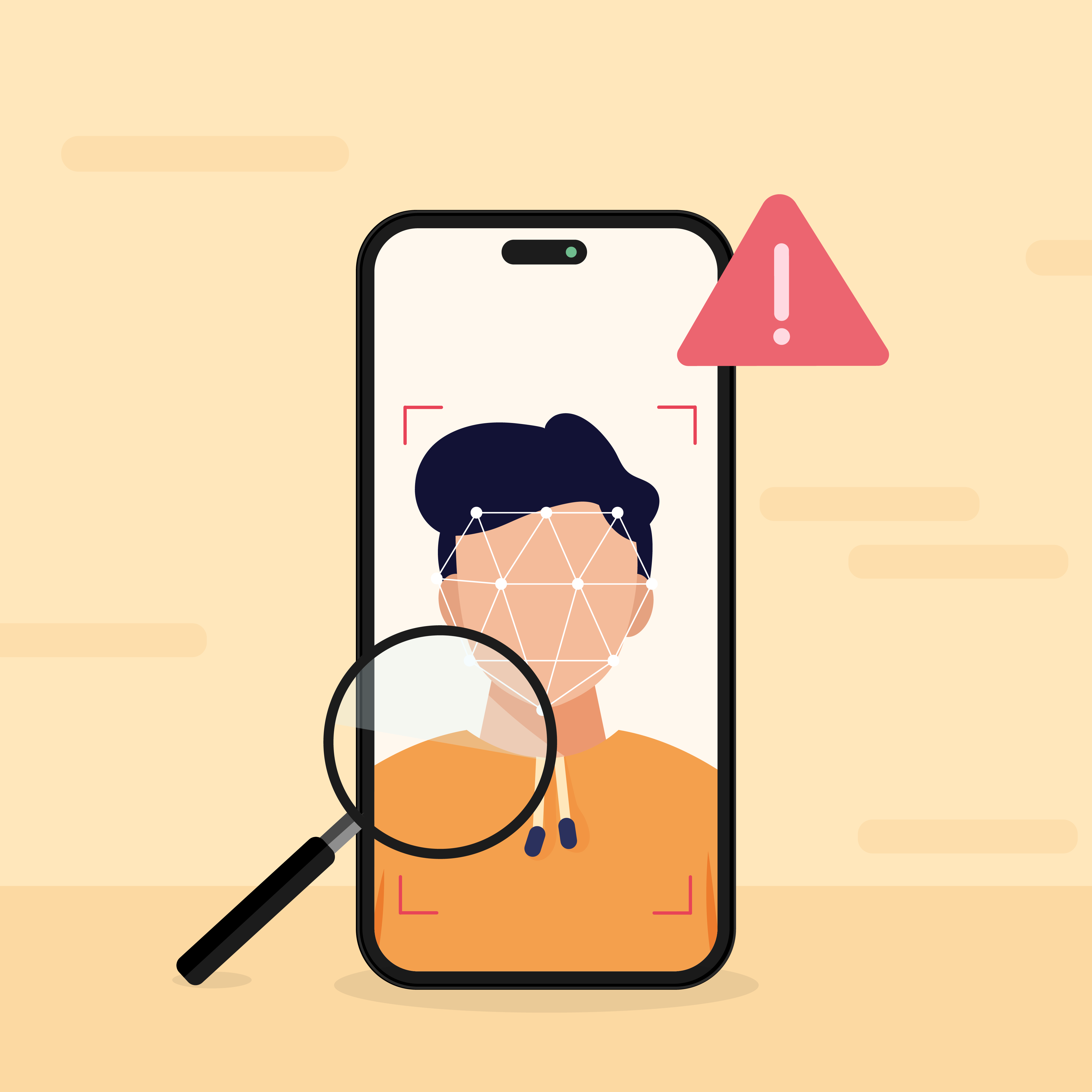
Trust & Safety
Deepfake Impersonations: How to Stay Safe from AI’s Dark Side of Reality
Muktha Tavane|3 min read|01 October, 2025
AI is the buzzword of the year, and rightfully so. We are seeing a steep increase in the use of AI in daily operations and innovation – from tech to entertainment. However, as artificial intelligence gets more advanced and accessible, so do the dangers that come with it. Social media, today, is filled with AI-generated near-accurate images and videos of celebrities and politicians that it’s hard to tell what’s real and what’s not! This technology is now being misused by fraudsters to impersonate people using deepfakes.
What is Deepfake Impersonation?
Deepfake impersonation is when a fraudster uses AI technology to pose as someone, with the goal to deceive you into giving them money or sharing sensitive information. They may do so by pretending to be a friend, a family member, or a company or government official.
Deepfakes, a term that combines “deep learning” and “fake”, are created using Generative Adversarial Networks (GANs), an AI technology that learns from a person’s data to generate fake but highly realistic visuals. This allows scammers to create convincing audio messages or videos that are almost impossible to distinguish from reality.
How Deepfake is used for Impersonation
Deepfake technology mimics a person’s facial features and voice to create a complete, artificial copy of a person that criminals use for malicious activities. Here are a few ways deepfakes are used for impersonation:
- Identity Theft: Deepfakes can be used to surpass online security protocols that rely on face or voice recognition, allowing criminals to access accounts, get loans, or open credit cards in someone else’s name.
- Financial Fraud: Scammers might use a deepfake to impersonate a loved one asking for money in a fake emergency or a person of authority demanding a wire transfer. Since these fakes look and sound so real, they are incredibly effective at tricking people.
- Extortion and Blackmail: Criminals could create fake compromising videos or images of a person and use them to extort money or force them into doing something against their will.
- Spreading Disinformation: Deepfakes can make public figures or common people appear to say or do things they never did. This can be used to cause reputational damage, stir up social conflict, or manipulate markets.
How to spot a Deepfake
While deepfakes almost seem accurate, you can often spot the fakes by looking for these key signs:
- Visual inconsistencies: Watch for strange movements, like awkward blinking or unnatural facial expressions. Also, check if the lighting and shadows on the person’s face match their surroundings.
- Audio clues: Pay attention to the voice. It might sound flat, robotic, or have odd pauses. The sound might not match the video, with the words not lining up with the person’s lip movements.
- Suspicious requests: Be extremely cautious of any unexpected requests, especially those that ask for money or private information. Scammers often use a sense of urgency to pressure you into making a quick decision.
How to protect yourself from Deepfakes
Deepfake technology is a growing threat but you can take several steps to protect yourself.
- Use Multi-Factor Authentication (MFA): Always enable MFA on your accounts. This adds essential layers of security, meaning even if a scammer gets past a biometric scan, they still need a second form of verification to access your account.
- Verify Suspicious Requests: If a friend or coworker makes an unusual request for money or information via a video call or message, hang up and contact them through a different, trusted channel—like calling them back on a number you know is theirs.
- Educate Yourself and Others: Learn to recognize the warning signs of a deepfake and encourage your family and colleagues to do the same. Having a “trust, but verify” mindset is your best defense against these scams.
How to Report
If you suspect you have been targeted by a scam, report it immediately:
Reporting on PhonePe:
- PhonePe App: Go to the Help section and raise a complaint.
- PhonePe Customer Care: Call 80-68727374 / 022-68727374.
- Social Media Reporting:
- Twitter: PhonePe Support
- Facebook: PhonePe Official
- Grievance Redressal: File a complaint at PhonePe Grievance Portal.
Reporting to Authorities:
- Cyber Crime Cell: File a complaint online at Cyber Crime Portal or call 1930.
- Department of Telecommunications (DOT): Report suspicious messages, calls, or WhatsApp fraud via the Chakshu facility on Sanchar Saathi Portal.
Important reminder — PhonePe never asks for confidential or personal details. Ignore all emails claiming to be from PhonePe if they are not from the phonepe.com domain. If you suspect fraud, please contact the authorities immediately.
